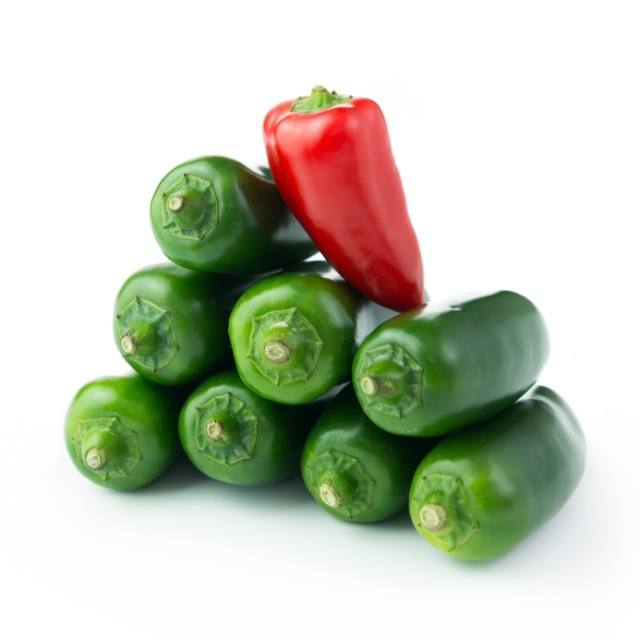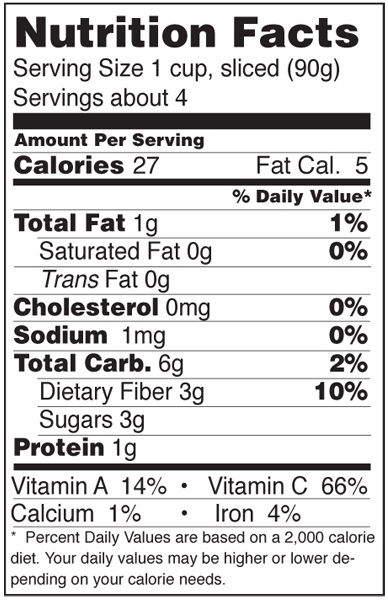Once again, we can thank our guy, Christopher Columbus. If you’ve been following along with our featured commodity series, you will recognize the incredible amount of commodities that were brought to cultivation through Columbus. Interestingly enough, Columbus mistook chili peppers for black pepper, hence the newfound name that stuck, “chile pepper.” Anything with any sort of ‘spice’ seemingly was given the label “pepper.” Within no time of its discovery, Columbus had chili peppers back on a ship on their way to Spain where the commodity would then spread on to many other European countries, and eventually – the world. Columbus actually thought he was traveling to India to acquire more spices like black pepper, which is when he stumbled upon America instead. Ironically, it was America who brought this spice to the table before India, where it is most famous today.
Long before Columbus met the chili pepper, it was of no foreign substance to Mexico, who had been using chili peppers dated back to 7000 B.C, with cultivation and crops instilled since 3500 B.C. Mexico was way ahead of the spice game – black pepper was not their thing. They had the chili pepper, and it was their black pepper.
How did so many varieties of the chili pepper come about? It seems like there are all different levels of spice and different levels of chilies for purchase nowadays. It was around 1888 when America really started to experiment with chilies, and the cross-breeding began. From these experiments, different levels of heat in the chili plants began to evolve.
Today, there are said to be more than 400 different varieties of chilies found around the world.
So what is the hottest chili pepper in the world, you ask? This probably depends on whom you ask. Some say it’s the “Naga Jolokia” which is grown in a very small isolated town in Tezpur, India. The overwhelming response is the Carolina Reaper as of 2019. The Guinness world record system records the Scoville Heat Unit level at 1,569,383. Indian food is known for its spice levels – but the country utilizes chili peppers in many more ways than food. The Indian people have found so many ways to utilize the pepper for good, especially through medicinal properties. Indeed, India is the largest producer and exporter of the chili pepper to date to all other countries, including the United States. As if chili peppers didn’t have enough uses other than spice, they also are known to keep food from spoiling!




